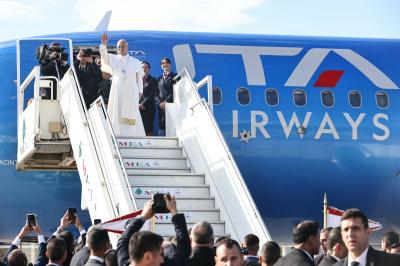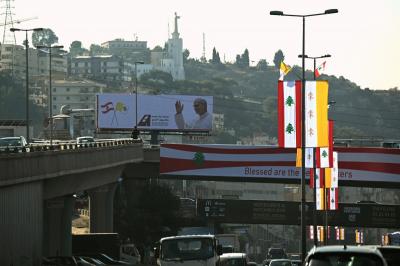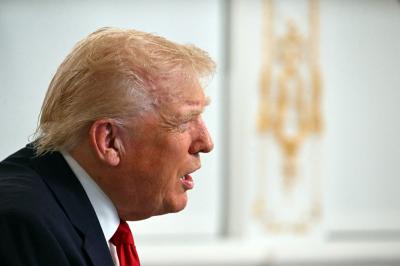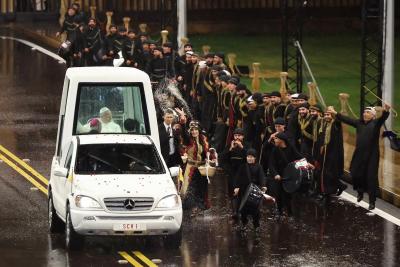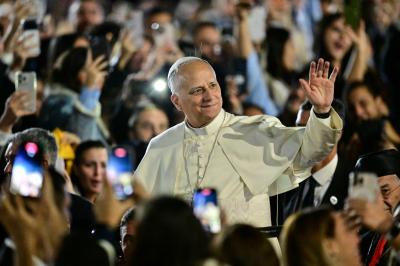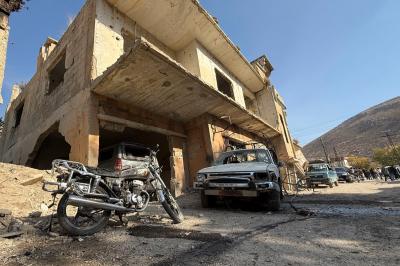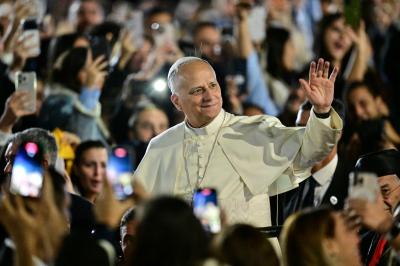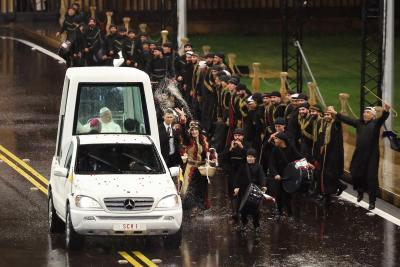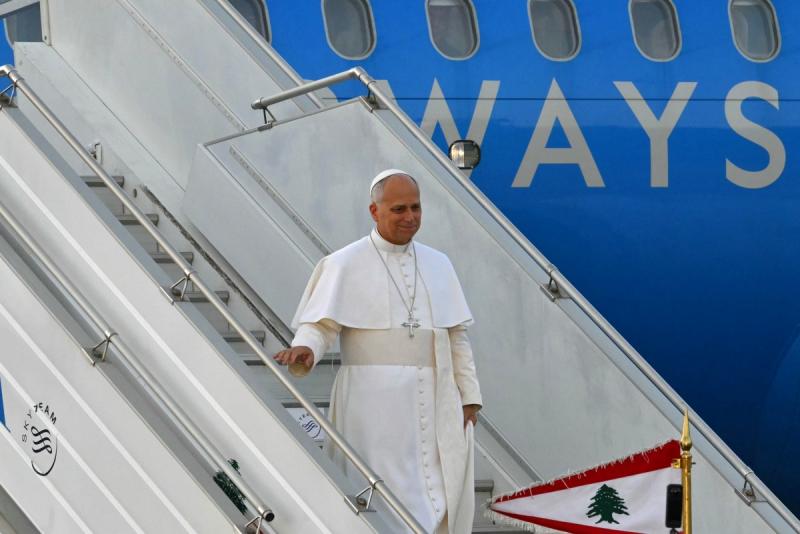June 15th was supposed to mark a significant milestone in the tense relationship between the United States and Iran—a date originally set for the resumption of negotiations between the two countries. Instead, it has come to symbolize a turning point, particularly following Israel’s major offensive against Iran and the cascading events that followed.
Ironically, the short-lived diplomatic “honeymoon” between Washington and Tehran unfolded under the leadership of U.S. President Donald Trump. Though known for his hardline stance, Trump appeared to be walking a fine line, seeking serious negotiations with Iran without pushing for outright war. He saw an opportunity to bring Iran to the table bloodied and pressured, forcing concessions that would deliver him a diplomatic win at home, especially against critics of his Iran policy and pro-Israel hawks opposed to any deal resembling the 2015 nuclear agreement.
The early stages of talks were relatively smooth, focusing on general frameworks. However, as negotiations shifted to specifics, complications arose. For the Americans, Iran’s position—unchanged since the Obama-era negotiations—grew clearer and more problematic.
As usual, Iran tried to play its cards smartly. Rather than seize the two-month window Trump offered for striking a deal, Tehran let the clock run out, seeking to show strength by scheduling a sixth round of talks on June 15—after the deadline—signaling defiance to both Washington and Tel Aviv.
The deadlock centered around uranium enrichment. While the U.S. initially demanded Iran halt any pursuit of weapons-grade enrichment, Tehran agreed to forgo the weaponization, which it considered a major concession warranting rewards. But Washington insisted on halting enrichment altogether, including for civilian energy, scientific, and medical purposes—a red line for Iran and a rare point of national consensus across its political spectrum.
Negotiators—Foreign Minister Abbas Araghchi for Iran and Steve Witkoff for the U.S.—wrestled with specifics. Discussions centered on acceptable enrichment levels and the potential for reciprocal sanctions relief. Iran also pushed for guarantees ensuring Washington wouldn't withdraw from any agreement—echoing the abrupt U.S. exit from the 2015 accord under Trump, who now sought a new deal.
Exit Strategies That Never Materialized
Concrete guarantees never came. Both sides remained vague, and Iran maintained its refusal to fully suspend enrichment, dismantle facilities, or allow unfettered U.S. inspections under the guise of IAEA monitoring. Tehran argues that enrichment is a right under the Nuclear Non-Proliferation Treaty (NPT) and that banning it would cross a long-established red line.
Alternative solutions were floated, such as limited enrichment under international or regional supervision, including by neighbors or Russia. Washington supported the Russian option, but Tehran rejected it. Before any viable compromise could gain traction, Israel launched its offensive, which Tehran believes was greenlit by Washington.
That strike derailed negotiations. Though Trump had publicly pledged not to attack Iran, Tehran now saw little reason to trust U.S. intentions. Even after Washington signaled readiness to resume talks, Iran refused to return to the table in a weakened position, especially not while under fire.
Tehran’s current priority is survival, then self-reconstruction. The leadership now stands at a strategic crossroads:
- The Libyan scenario, in which full disarmament led to regime collapse—an outcome Iran refuses to risk.
- Or the North Korean model, where nuclear capabilities insulated the regime from external threats.
For Iran to follow the North Korean path, Supreme Leader Ali Khamenei would need to issue a new fatwa overturning his 2003 religious ban on weapons of mass destruction, authorizing the pursuit of high-level enrichment and nuclear weaponization. That would mean expelling IAEA inspectors, withdrawing from the NPT, defying international norms, and possibly conducting a nuclear test.
Despite Israeli claims, even the most extensive Israeli strike cannot fully destroy Iran’s nuclear infrastructure. The country has the technology, expertise, and equipment to rebuild.
Inside Iran, hardliners are growing louder. The regime perceives an existential threat, and the argument for a nuclear deterrent is gaining traction. Should this logic prevail, Khamenei could make a decisive move.
Still, Iran is treading a precarious path, balancing between two extremes. It may not reach the full Korean model, but could edge toward a similar, more aggressive posture. In any case, the post-strike phase will differ drastically from what was before.
The road ahead is harsh. Iran is already buckling under a severe economic crisis. It had hoped for sanctions relief—now, not only will sanctions remain, but likely intensify. Humanitarian and social crises will deepen. Israel hopes this creates fertile ground for regime opponents to mobilize.
Worst case scenario, Iran could spiral into regional conflicts, clash with U.S. interests, or face internal destabilization. And there may not be enough time—or political space—for Tehran to fully replicate the North Korean strategy.
One thing is clear: after Israel’s strike, nothing will be the same for Iran.
Please post your comments on:
comment@alsafanews.com
 Politics
Politics
